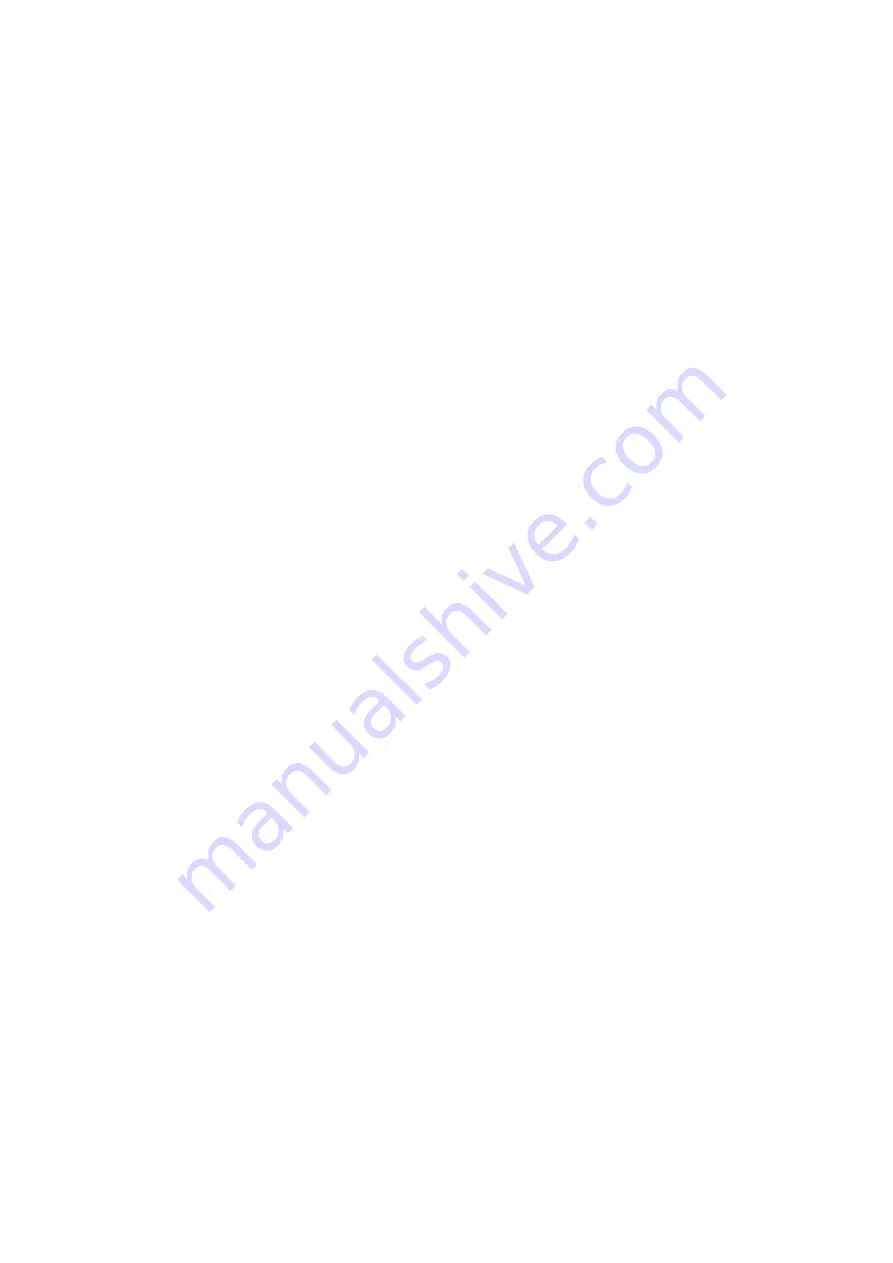
It has been reported to us that on some Windows installations, the operating system
may report the Breath Controller as “USB Audio Device” instead of “Breath Controller”.
For those rare instances, we have added an option “Show all MIDI devices” to the “Select
controller” dialog box, which allows listing the correct device.
In your player/sequencer the Breath Controller has to be selected as a MIDI input in
order to work. The Breath Controller also appears in the MIDI output list but this should
not be selected since the output is used by the Configuration Utility to send configuration
messages.
3.2
How to configure
The 8 sliders of the Configuration Utility allow tailoring the response from sensor input to
MIDI value as well as adjusting the attack and decay times:
• The Bending and Symmetry sliders change the shape of the response.
• The Input Min slider sets the lower threshold of the input pressure. Any pressure
below the threshold will not cause any change in the output CC value, which will
remain at the minimum output value.
• The Input Max slider sets the upper threshold of the input pressurs. Any pressure
above the threshold will not cause any change in the output CC value, which will
remain at the maximum output value. In other words, this affects how hard you need
to blow to achieve the maximum output CC value.
• The Output Min slider sets the minimum output CC value, which is output when the
pressure is at or below the lower threshold. This is useful if you don’t want the CC
value to drop to zero.
• The Output Max slider sets the maximum output CC value, which is output when
the pressure is at or above the upper threshold. This is useful if you want to limit the
maximum CC value to less than 127.
• The Attack and Decay Filter sliders set the respective time constants individually. Set-
ting the sliders fully left produce the fastest response (filter disabled); setting them
fully right allows time constants of several seconds. This is very useful for semi-
automatic swells.
Below the sliders there are the following additional controls:
• The Reset sensitivity button resets the sensitivity to linear with full input and output
ranges.
• The MIDI Channel drop-down list selects the MIDI channel to be used for the trans-
mission of the MIDI messages.
• The MIDI CC drop-down list selects the actual controller to be used, for example CC1
[Modulation Wheel], CC2 [Breath Control] and so on. The MIDI CC is effective only
when Control Change is selected in the MIDI Message drop-down list.
• The MIDI Message drop-down list offers, in addition to the above mentioned Control
Change, other MIDI message options such as Aftertouch, Pitch Bend Up, Pitch Bend
Down and Pitch Bend Both.
• The Make Permanent button stores the current settings in the Breath Controller’s non-
volatile memory so that they are remembered even when the device is removed from
the computer. You can use this button as often as you wish.
• The Save Preset button allows storing the current settings in a file anywhere on your
computer, for later retrieval.
• The Load Preset button allows to retrieve a previously saved file and apply the settings
in it to the breath controller. Note, the file name must end in “.tec” otherwise it will
not be possible to select it.
4
Содержание UNI MIDI Breath Controller
Страница 1: ...TEControl UNI MIDI Breath Controller User Guide ...
Страница 12: ...5 Declaration of conformity 8 ...






























